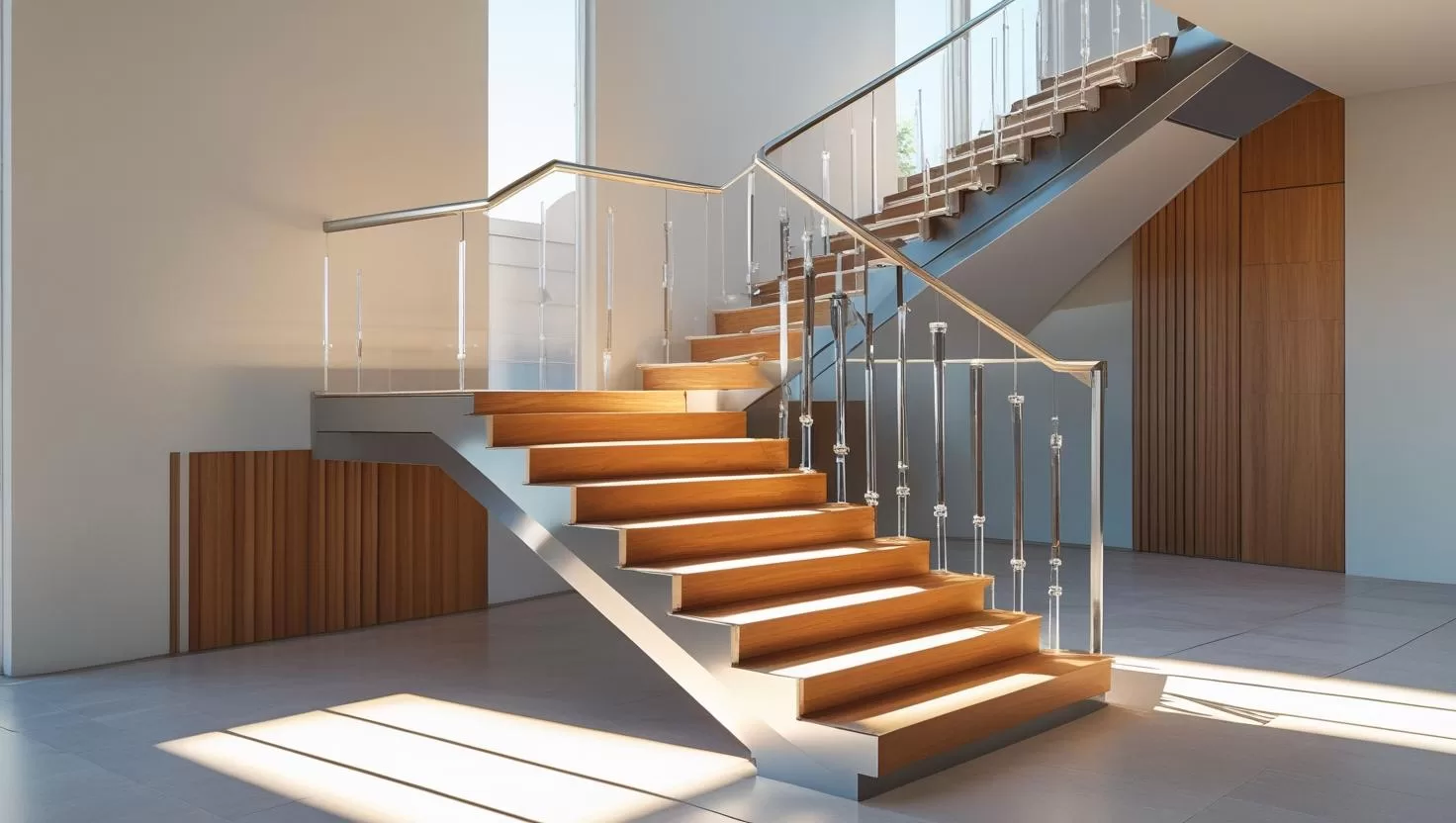Monolith is a well-known concept in the world. The technology is used to construct high-rise buildings and skyscrapers. The monolithic structure can withstand high loads (up to 8 points) without being broken, which makes it a suitable candidate to be used in seismic zones.
Let’s look at what monolithic houses are, their benefits and drawbacks, and the construction process.
The Technology of Monolith building
The technology’s essence lies in pouring reinforced concrete sections of a monolithic house during erection. Since there is no load on this part of the wall, any sound (brick, block, sheet) or low-strength material (wood, PVC panel with insulation, glass) may be used to fill the gaps between slabs.
In this technology a few variants of the frame are used:
- Formwork construction
- supporting longitudinal walls
- supporting transverse walls
- Reinforcement.
Steel rods of various diameters are used to make the reinforcement cage for a monolithic building. Many of the frame’s components are welded or bound together. However, since it takes more time and effort, the last bonding technique is rarely used.
Formwork construction
Circular or stay-in-place formwork is used for this housing. A framework structure is a large sound panel (panel formwork) or prefabricated pouring form (tunnel formwork) that prevents the concrete mixture from flowing and allows the shape to be saved during the setting time.
There are various types of formwork construction in use:
- Horizontal
- Vertical
- Creeping
- For rounded elements
In apartment buildings, monolithic houses with stay-in-place formwork are more popular. There are single-story monolithic cottages.
Concrete mixture and grouting
Concrete mixtures may be manufactured immediately on the building ground in a mixing batch or a special concrete goods plant, depending on the monolithic construction scale. In the second case, concrete is transferred to the moto mixer.
Works with setting concrete
The concrete is densified after it has been filled into a formwork. This phase is required to remove airlocks, which impede the mixture’s efficiency. The per vibrator or external vibrator is used to densify the concrete mixture. The smoothness of the surface of the walls and ceiling is influenced by the consistency of the densification of the concrete mixture, which in turn affects the fine finish budget.
Form stripping
After the concrete has reached the required strength, the formwork is removed and passed on to the next stage of grouting.
Merits and Demerits of Monolith Building
Monolithic houses have both benefits and drawbacks. Let’s make a distinction between them.
One of the prime benefits would be the speed of construction. Monolithic buildings, which are similar to brick houses in design, are constructed faster than the previous ones. Equality of design is also a compelling point.
The majority of houses are constructed in a specific pattern that is characterized by their constructional peculiarities. A monolithic building, on the other hand, has no bounds. Plans for such houses can be varied, multilevel, and have ceilings of varying heights, which is not typical of block or brick houses.
The complete absence of open joints in a monolithic house has a range of benefits, including:
- Increase in sound isolation level
- Thermal insulation improvement
- Extension of house life
- Increase in strength
- Protection from cracking
- Lowering of construction weight
You should pay attention to its disadvantages also Monolithic structures permit the easy propagation of sound and vibrations making soundproofing of the rooms a difficult task. Also, it demands a large amount of finishing work.



